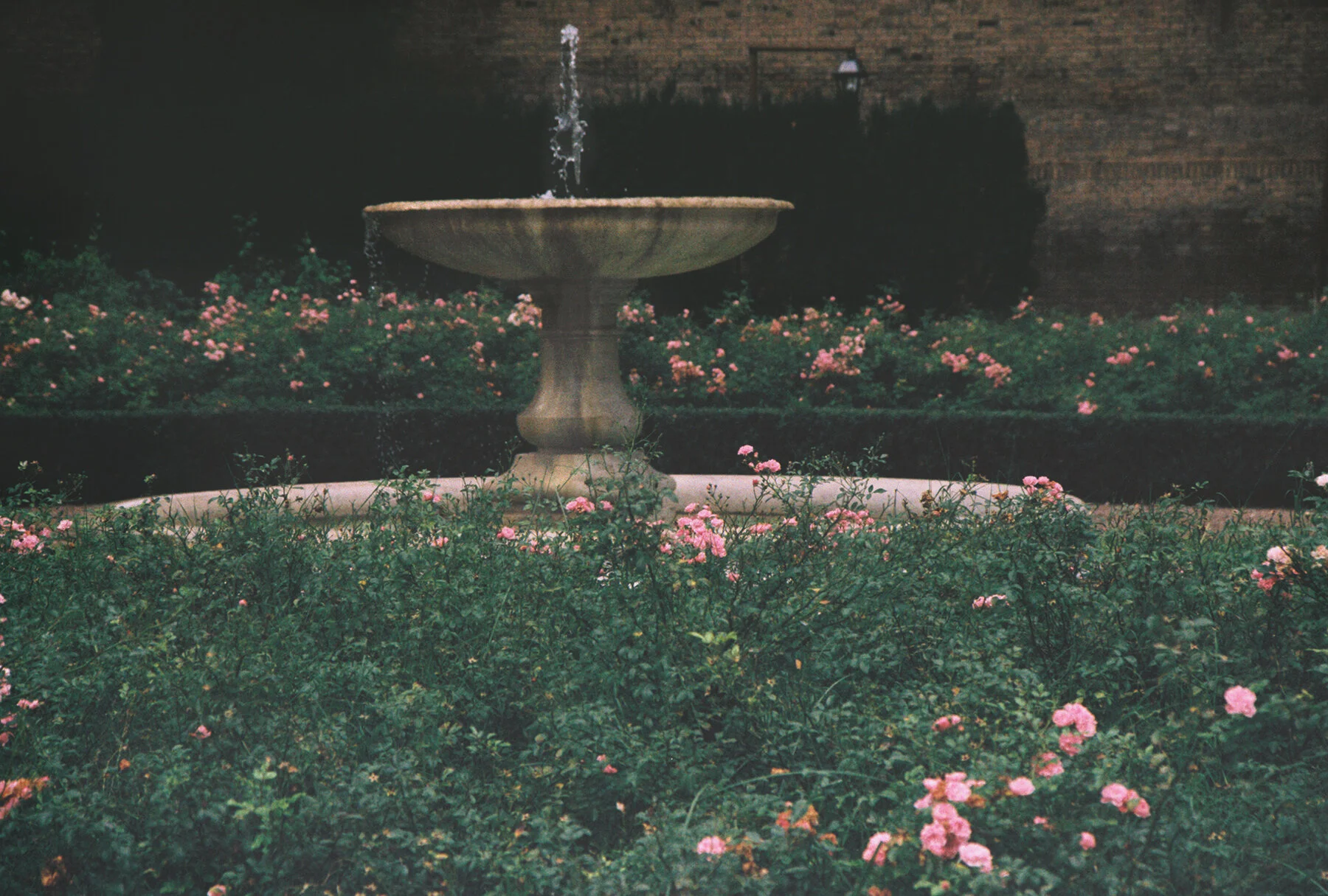There is an overgrown but perfect secret garden path behind an old villa in Sorrento we stumbled upon one day, and we followed down the rambling, winding trees and shrubbery and lemon and olive trees and blossoming flowers and into the shadows of green.
The further in we wandered, the thicker the growth grew. And yet everything was lush and cared for. Nothing dead, nothing abandoned.
We could smell the sea and the sun rays in the air, carried through cracks in the dense thicket. And so we followed the salt and the promise of blue until we reached the top of a cliff cut thousands of years ago, overlooking the crashing sea and rocks. The birds cried and dove for fish and soared the bright skies. We were alone in our own little paradise. It’ll be ours forever in memory.
Where is this enchanting place?
Sorrento, Italy, in Campania
At the Museo Correale Sorrento
https://www.museocorreale.it/museum/first-floor/
on the First Floor
In The Hall of Mirrors, on the first floor of the Museo Correale Art Museum of Sorrento, Italy, is the Baroque sitting room with the game of Biribisso and salon rooms dedicated to Flemish painting and Neapolitan decorative arts from the fifteenth to the eighteenth century. To the bottom right side of the first room hangs the incredible painting by 17th Century artist Artemisia Gentileschi, The Pentinent Magdalene.
Sorrento is one of the few places in Italy where you can see paintings by Artemisia Gentileschi. Nearby city of Naples is another, boasting several paintings at the Museo Nazionale di Capodimonte and Palazzo Zevallos, Naples. There are a few paintings by Artemisia Gentileschi in the Palazzo Pitti of Florence, and one in the Uffizi Gallery in Florence, and one in the Casa Buonarroti in Florence, and two paintings by Artemisia Gentileschi in Rome at the Spada Gallery and one at the Palazzo Barberini Rome.
Once you visit each sumptuous room of art in the little villa museum, (note the sea views from the museum terrazzo and windows on the top floors), and before you leave, exit out the back to the lovely Museum Correale Sorrento gardens. Wander the paths and find our small secret garden, which will lead you out to the sea. You can easily retrace your steps back to the museum and exit on the Main Street and Piazza of Sorrento,
The museum is currently closed due to the pandemic but check their website if you plan to visit Sorrento, because it could reopen anytime. Many museums in Italy have reopened. Some require proof of vaccination OR a negative COVID test that is not older than two days. You can obtain rapid COVID tests while abroad in Italy. Check with a medical Farmacia (Pharmacy) with a green or blue lit cross outside its store front, and ask someone for a doctor recommendation - most medical services are inexpensive in Italy and many can accommodate walk in service. You can also contact your hotel concierge for a hotel doctor (they are most convenient but expensive). Hospitals are also an option, but may be an inconvenience except in emergencies.















